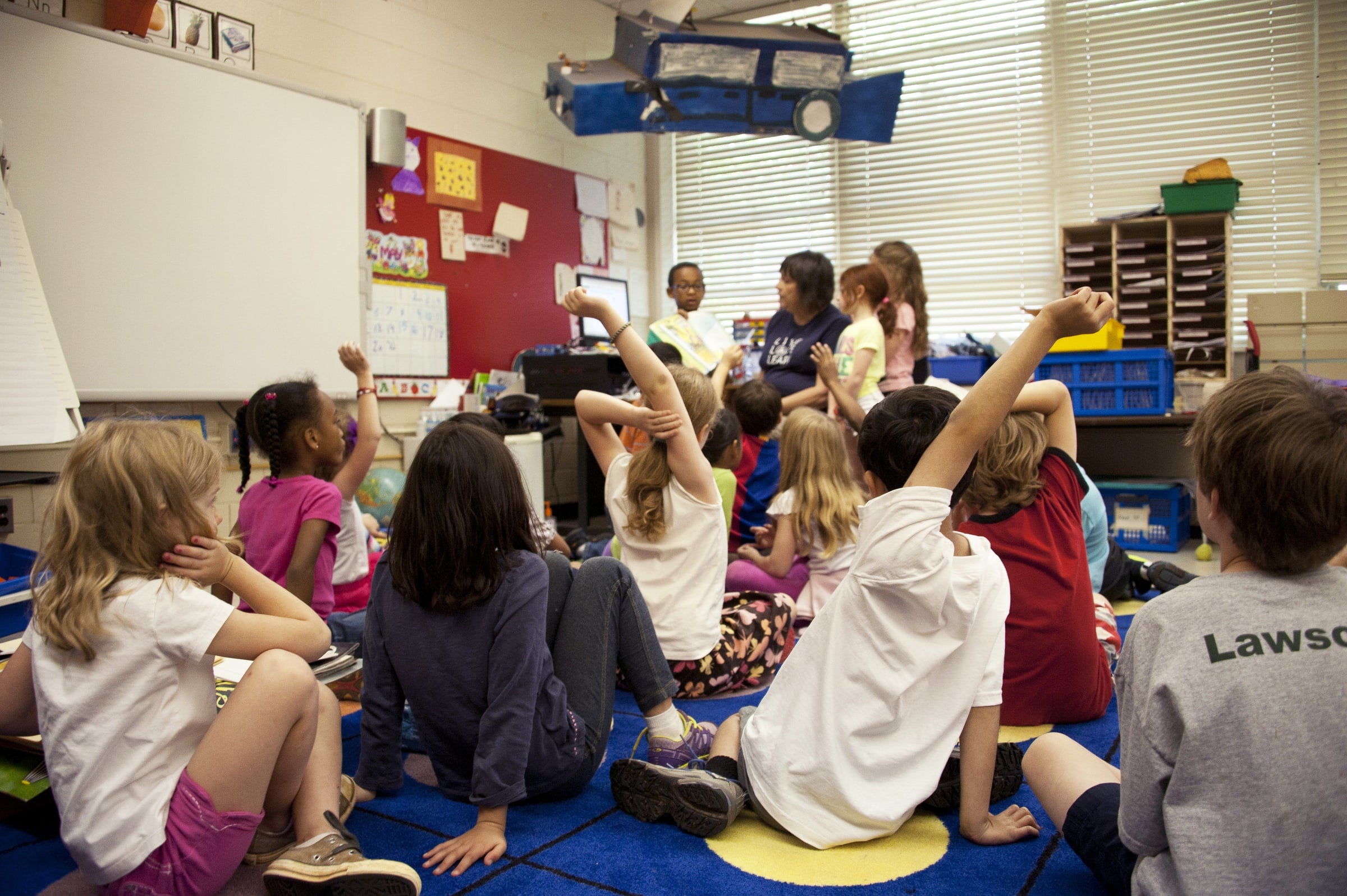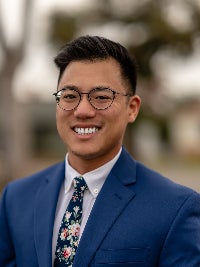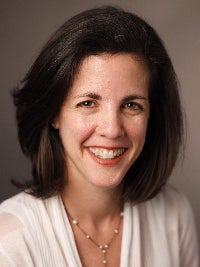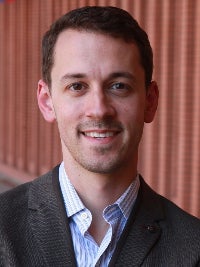Source Alert: USC experts on the upcoming school year

(Image credits: Photo/CDC via Unsplash)
This morning, the Los Angeles Unified School District welcomed back students for the upcoming academic year. The nation’s second largest school district faces an uncertain future in the wake of COVID-19 school shutdowns, decreasing enrollment and increased resentment toward educators. Below, USC education policy and standards experts comment on the current status of K-12 education and some of the issues facing schools across the country.
Contact: USC Media Relations, uscnews@usc.edu or (213) 740-2215
Vaccination rates among young children remain low, despite proven safety
 “The COVID-19 vaccine is now available for all children and adults aged 6 months and older. Throughout the pandemic, we have seen the benefits of COVID-19 vaccines in terms of reducing infections, hospitalizations and deaths, and allowing our schools and economy to reopen.
“The COVID-19 vaccine is now available for all children and adults aged 6 months and older. Throughout the pandemic, we have seen the benefits of COVID-19 vaccines in terms of reducing infections, hospitalizations and deaths, and allowing our schools and economy to reopen.
“However, the vaccination rates for children remain incredibly low — in Los Angeles County: only 1% of those 6 months to 4 years old, 35% of 5- to-11-year-olds, and 79% of 12- to-17-year-olds are fully vaccinated.
“Unfortunately, we are still seeing a great deal of hesitancy and concern from parents. More than a third of parents say they do not have enough info on where their kid can get vaccinated. More than a quarter want to wait and see how the vaccine is working for other young children before getting their child vaccinated.
“But the data are clear: The COVID-19 vaccine is safe for children and can provide an added layer of reassurance and protection as they return to school. By getting the COVID-19 vaccine, children can be protected from infection and miss fewer school days due to illness. I strongly recommend that parents consider getting their children vaccinated as soon as possible since full protection from the vaccine is not expected until two weeks after the second dose.”
Richard Dang is an expert on vaccinations and pharmacist scope of practice in community settings. He is an assistant professor of clinical pharmacy with the USC School of Pharmacy and he serves as president of the California Pharmacists Association.
Contact: uscnews@usc.edu
COVID lessons: WiFi challenges, eroding civility at school board meetings
 “In looking at seven different school districts across California during the first 14 months of the pandemic, one clear trend emerged. Despite them being quite different in a lot of respects, people from across these districts responded in very similar ways during the early pandemic period. They all talked about early coping strategies of addressing the students and families’ hierarchy of needs. People also started realizing the real trauma that some families had been facing, and the kind of exhaustion teachers were facing as well. Our cases further showed that relationships with key stakeholders — community, labor, and leadership — mattered greatly for district responses.
“In looking at seven different school districts across California during the first 14 months of the pandemic, one clear trend emerged. Despite them being quite different in a lot of respects, people from across these districts responded in very similar ways during the early pandemic period. They all talked about early coping strategies of addressing the students and families’ hierarchy of needs. People also started realizing the real trauma that some families had been facing, and the kind of exhaustion teachers were facing as well. Our cases further showed that relationships with key stakeholders — community, labor, and leadership — mattered greatly for district responses.
“But even the best of relationships couldn’t overcome a broader set of challenges and infrastructure limitations that strained districts in their ability to respond. They couldn’t overcome the fact there were certain areas that simply did not have WiFi access. They could try to provide hotspots, but they really needed higher-level action to ensure universal access, and also health and human services and housing.
“Finally, the kind of polarization that we saw emerge out of the early phases of the pandemic points to the need for building broader support for public education. How do we ensure that we have better information, more civil discourse in our meetings and our board meetings? The state, county agencies, and state associations could play a role in providing targeted support for districts to counter the ugly politics and disinformation that’s out there.”
Julie Marsh is an expert on K-12 education policy, the politics of education reform and school district reform. She is a professor of education policy at the USC Rossier School of Education and recently released a study on how California school districts responded to COVID-19 and growing structural racism.
Contact: paulmcq@usc.edu
Schools face ongoing challenges with lost ground, spotty attendance
 “As LAUSD students get back to school, educators have to continue the hard work of addressing the negative effects of the pandemic on kids. By all accounts these negative effects have been steeper for students who were already underserved by our schools: low-income students, students of color, students with disabilities. And these effects have been directly related to the length of school closures and to students’ ongoing attendance issues. By far the biggest priority has to be getting children back to school in person and keeping their attendance up.
“As LAUSD students get back to school, educators have to continue the hard work of addressing the negative effects of the pandemic on kids. By all accounts these negative effects have been steeper for students who were already underserved by our schools: low-income students, students of color, students with disabilities. And these effects have been directly related to the length of school closures and to students’ ongoing attendance issues. By far the biggest priority has to be getting children back to school in person and keeping their attendance up.
“The district needs to talk to families and figure out what is driving persistent absenteeism and work to break down barriers to good attendance. At the same time, the district needs to support teachers to use high-quality curriculum materials and other resources to address students’ lost learning opportunities.”
Morgan Polikoff is an expert on K-12 education policy and academic standards, curriculum and testing. He is an associate professor of education at the USC Rossier School of Education.
Contact: polikoff@usc.edu



